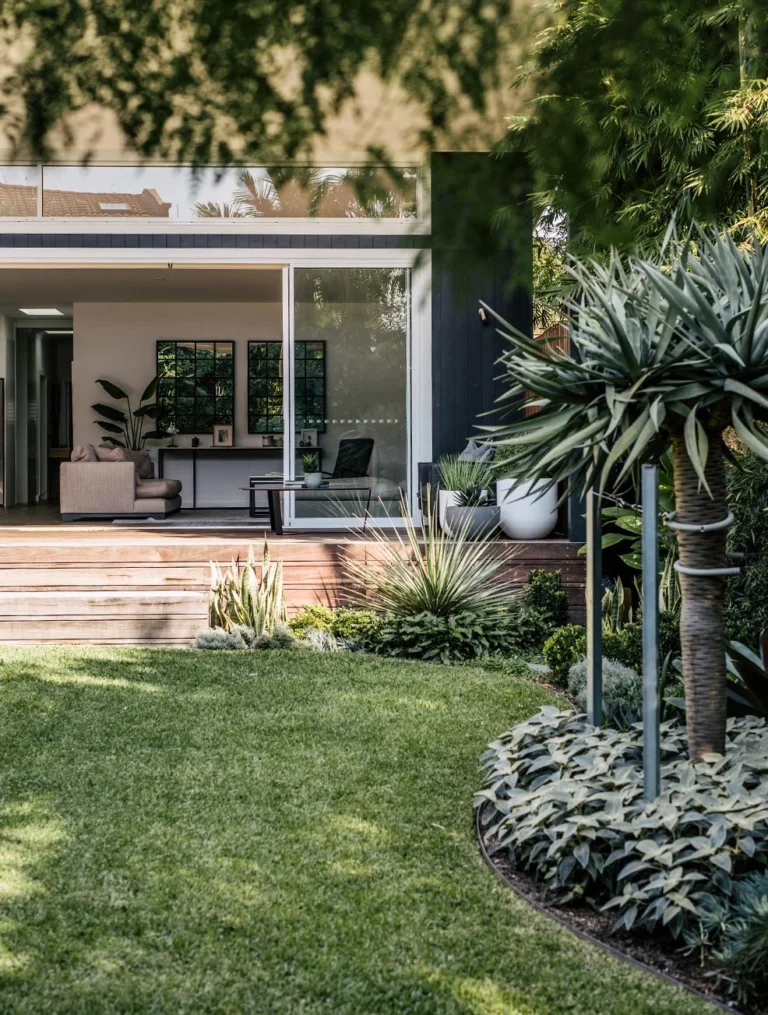Custom Quote Request form
Ask for Delivery of Added products in cart
Added products in cart
Your cart is empty.

Landscaping isn’t just about making your backyard look pretty; it’s about creating a space that enhances your quality of life and connects you with nature. In Australia, where we’re blessed with an abundance of natural beauty, landscaping allows us to celebrate and preserve our unique environment. From improving air quality to providing habitat for native wildlife, the benefits of landscaping are both numerous and invaluable.
Today, we’ll dive deep into creating stunning outdoor spaces that embody elegance and natural beauty. In this quick guide, we’ll explore everything from the fundamentals of landscaping to choosing the perfect plants for your outdoor oasis.
Before you roll up your sleeves and start digging, it's essential to understand the foundational principles of landscaping:
By taking the time to understand these principles, you'll lay the groundwork for a thriving and visually stunning landscape that enhances the beauty of your outdoor space.

Selecting the perfect plants for your outdoor space involves careful consideration of various factors, including climate, maintenance requirements, and aesthetic preferences. Here's how to select the right plants for your landscaping project plus a variety of plant options you may choose to add to your greenery.
Ensure that the plants you choose are well-suited to your local climate. Consider factors such as temperature extremes, rainfall patterns, and seasonal changes to select plants that will thrive in your environment.
For those seeking low-maintenance options, consider plants that require minimal care and upkeep. No Mow Grass is an excellent choice for lawns, requiring little to no mowing and minimal watering once established.
Philodendron Xanadu is a versatile plant with lush, tropical foliage that adds texture and visual interest to any landscape. Its compact size makes it suitable for both ground cover and container planting.
For a touch of drama in your landscape, consider incorporating Dracaena Draco 'Dragon Tree.' With its striking, architectural form and bold foliage, this plant makes a stunning focal point in any outdoor space.
Syzygium Elegance 'Lilly Pilly' is a native Australian plant known for its glossy green foliage and fluffy white flowers. It's perfect for hedging, screening, or adding a touch of native beauty to your garden.
Add a pop of colour to your landscape with Bougainvillea White Cascade. This cascading vine produces masses of vibrant white flowers, creating a stunning display against its dark green foliage.
With Australia's diverse climate and landscapes, there's no shortage of options when it comes to selecting outdoor plants. Whether you're creating a lush tropical paradise or a low-maintenance native garden, there's a plant out there to suit your needs and preferences.
Now that you've selected your plants, it's time to bring your vision to life through thoughtful design. Creating a cohesive landscape design involves more than just arranging plants; it's about creating a harmonious balance of elements that enhance the natural beauty of your outdoor space. Here's how to design your outdoor space effectively:
Identify focal points within your landscape, such as architectural features, specimen plants, or stunning views, to draw the eye and create visual interest.
Integrate pathways throughout your outdoor space to connect different areas and guide visitors through the landscape. Choose materials that complement your design aesthetic, such as gravel, pavers, or natural stone.
Water features, such as ponds, fountains, or waterfalls, can add a sense of tranquillity and movement to your outdoor space. Consider the scale of your landscape and choose a water feature that fits seamlessly into the overall design.
Outdoor lighting not only extends the usability of your outdoor space into the evening but also adds ambience and drama. Incorporate a mix of functional and decorative lighting, such as pathway lights, uplights, and string lights, to create a warm and inviting atmosphere.
Don't forget to utilise vertical space in your landscape by incorporating trellises, arbours, or living walls. Vertical elements can add depth and dimension to your outdoor space while also providing support for climbing plants and creating privacy.

Once your landscaping project is complete, the work doesn't stop there. Proper maintenance is essential for preserving the beauty and health of your outdoor space:
Regular watering, fertilising, pruning, and pest control are all necessary tasks to ensure that your plants remain vibrant and healthy throughout the year. By establishing a maintenance routine and staying on top of tasks, you'll be able to enjoy your outdoor oasis to its fullest potential.
As we wrap up our guide to landscaping and outdoor plants, we hope you feel inspired and empowered to create the outdoor oasis of your dreams. Whether you have a sprawling backyard or a cosy balcony, landscaping offers a creative outlet for expressing your personal style and reconnecting with nature. For those looking to take their outdoor space to the next level, there are countless specialty features and landscaping trends to explore. From sustainable gardening practices to incorporating native plants and creating unique design features, the possibilities are endless.
So go ahead, roll up your sleeves, and let's get started on transforming your outdoor space into a haven of elegance and natural beauty.
Cheers to outdoor elegance!
This blog was written and supplied by our friends over at The Local Botanist.
Shop our range of Impressive Plants